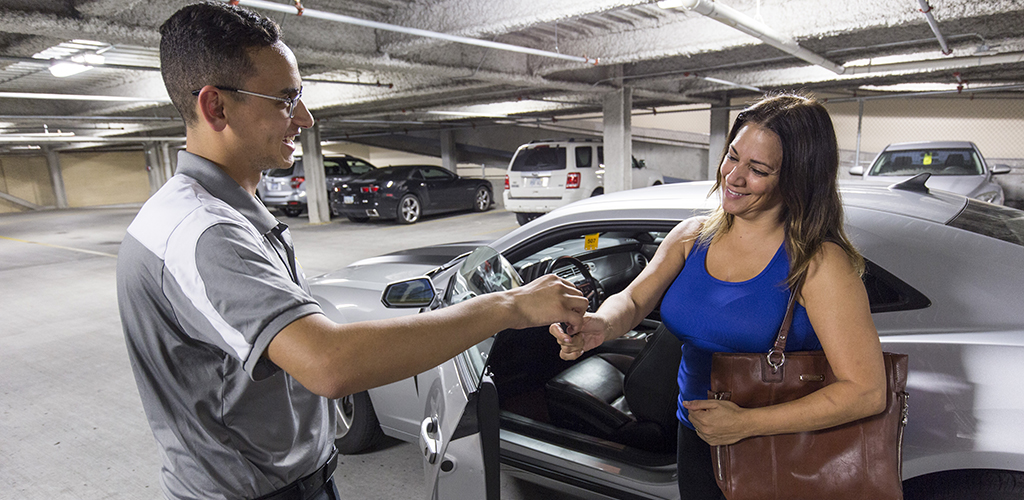A road trip on a motorcycle can be a one-of-a-kind journey. However, before taking off toward the destination, motorcyclists must consider much more than just putting gas in the tank. Those who are used to driving a motorcycle around locally on the weekends might not be primed for traveling across a few states on a full-fledged road trip unless they consider some important things.
Fortunately, the following road trip tips can help almost any new rider get through a road trip successfully. Plus, once you’re out on the open road it might be too late to consider some of these things, so it’s a good idea to be proactive before you head out.
Inspect Your Bike

Before any longer motorcycle road trip, it’s important to conduct a pre-ride inspection to be sure all components are working correctly. You might have the skills to service the bike yourself, or you can take it to a shop that can check the electrical system and tires, change the bulbs and fluids, clean the fuel system, and calibrate the valves.
If your bike doesn’t have one, you might want to have a windshield put in. After a few hours on the highway, the wind can be exhausting. Windshields can help motorcycle drivers save their strength.
Don’t Discount the Importance of Practice Time
An extended road trip can feel much different than running a short errand when you’re on a motorcycle, especially for a new driver. Before attempting too long of a road trip, try shorter practice trips that can help you get accustomed to more time riding long-distance on the bike.
You might find out that the seat that came with your bike isn’t the best for longer rides and then decide to switch it out for a different kind. Other adjustments that can help achy limbs or a stiff back include changing the position of the handlebars or adding foot pegs and a back rest.
Wear Protective Clothing
First and foremost, a helmet that covers the entire face is required for weather and accident protection. Be sure to wear night/rain goggles or sunglasses on the ride. Gloves are another necessity, and it’s always a good idea to have an extra pair on hand in case your main pair gets lost or tears. Wear the right type of footwear such as riding boots, rain gaiters, or over boots if bad weather is in the forecast.
Other helpful protective gear can include a rain jacket and rain pants. In weather that’s exceptionally hot, cool down with a wrap for your neck that’s intended to cool you down. During colder rides, there are heated suits for riding that you can buy to keep yourself warm. Eye drops are another necessity for long motorcycle trips because they help keep your eyes from drying out too much.

Bring Plenty of Water
Use a backpack with a built-in water supply, or pack enough water (approximately 2 gallons) so that you won’t become dehydrated while in the middle of nowhere. Heat exhaustion can sometimes be prevented with adequate hydration.
Take Fatigue Seriously
Many accidents are attributed to fatigue, so safety is a major concern with fatigued motorcycle drivers. Driving a motorcycle is far more exhausting than driving a car. Plan accordingly and think ahead about what might come up that you could end up needing during your trip. Don’t be afraid to stop for a nap if you have the option to. Take lots of breaks to give yourself enough rest time, which will also ensure that your reaction time is better. Taking breaks every 100 miles or so can help you stay proactive about remaining alert.
Be Prepared for Emergencies
A tire plug kit includes a small pump or CO2 tire-inflation kit that can help keep you on the road. Other important tools that are good to have with you include sockets, wrenches, and other tools that fit your motorcycle. Plus, a first aid kit can be of great help in case of injury.
Protect Your Belongings
Be sure to shield important documents like your license, roadside assistance and insurance card from possible rain or snow. Waterproof bags can help if you don’t have luggage that can protect your belongings. “If you are bringing a travel bag or backpack, you should secure them to the back of the motorcycle with bungee cords to avoid the liability of loose bags on the street,” remarked Roger L. Friedman, motorcycle accident lawyer. Also, fanny packs can give motorcycle drivers much easier access to glasses, maps, or a cell phone.
In short, always consider safety first on a motorcycle road trip. Carefully ponder the distance and don’t overload yourself. Take time to enjoy the ride and take in everything you see on the way.



